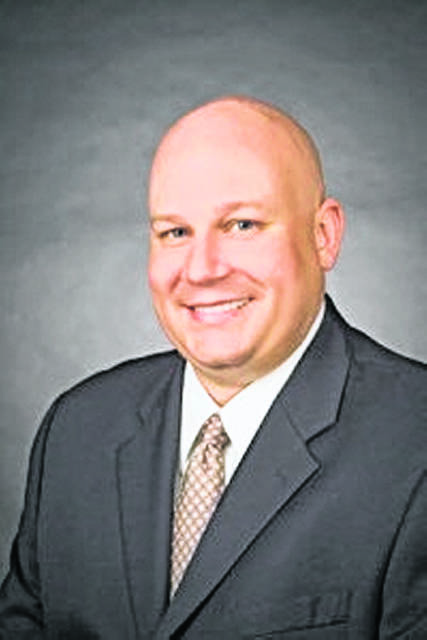Some of the most important and universally useful documents that attorneys prepare are wills, trusts, powers of attorney and living wills. These documents are often called estate planning documents or advance directives (as for the powers of attorney and living wills).
Those universally valuable documents can look very different from one person to another. Remarkably, even the “same” document (a power of attorney, for example) for one client prepared by one attorney can look immensely different from the “same” document prepared for another client by that same attorney.
It is immeasurably valuable that clients’ individualized and customized legal documents can be and are at least somewhat different from every other client’s documents.
However, individualized documents understandably sometimes lead to questions from clients for their attorneys, where the client will ask, “Why are my legal documents different from my neighbor’s legal documents?” Following such a question, a client may state that the client and a neighbor have almost identical houses on the same street, have been married the same length of time, may work at the same place and sometimes even have the same number of kids that are almost identical in age.
In such a circumstance, why would one person’s estate planning documents look different from the documents for someone else so similarly situated?
The reasons for the differences in estate planning documents are very important and severalfold.
First, levels of risk aversion and levels of risk tolerance make for different estate plans and legal documents. Some people are incredibly risk averse. They preplan their funerals while completely healthy in their 20s, pay as much as legally possible in their retirement accounts as soon as possible and never eat outside the home. They often go to the first church service available each Sunday, just to ensure that they will have made it to church in case some distraction that precludes attendance happens before the next service.
In contrast, other people might leave their car running while the client runs into a convenience store (not advisable, by the way). Those people may not start preparing their tax returns until the night before the tax returns are due to be mailed. And those people may only inconsistently if ever balance their checkbooks.
Thus, a person’s risk aversion versus another person’s risk tolerance makes for different estate plans.
Second, people who have external similarities may have significant, hidden differences. One couple may have a child who has battled an eating disorder or drug use in contrast to another person who battles depression, anxiety or both. Some people have inherited money or assets while other people are immensely, financially giving in private.
Third, I am reminded of one of my favorite songs, “Not That Different” by Colin Raye, which talks about the similarities among people: we all laugh, love, hope, try, hurt, need, fear and cry.”
The differences in estate plans reflect the reality that the proportions of laughter, love, hope, effort, hurt, need, fear and grief naturally exist in different proportions in every person.
Lee R. Schroeder is an Ohio licensed attorney at Schroeder Law LLC in Putnam County. He limits his practice to business, real estate, estate planning and agriculture issues in northwest Ohio. He can be reached at [email protected] or at 419-659-2058. This article is not intended to serve as legal advice, and specific advice should be sought from the licensed attorney of your choice based upon the specific facts and circumstances that you face.







